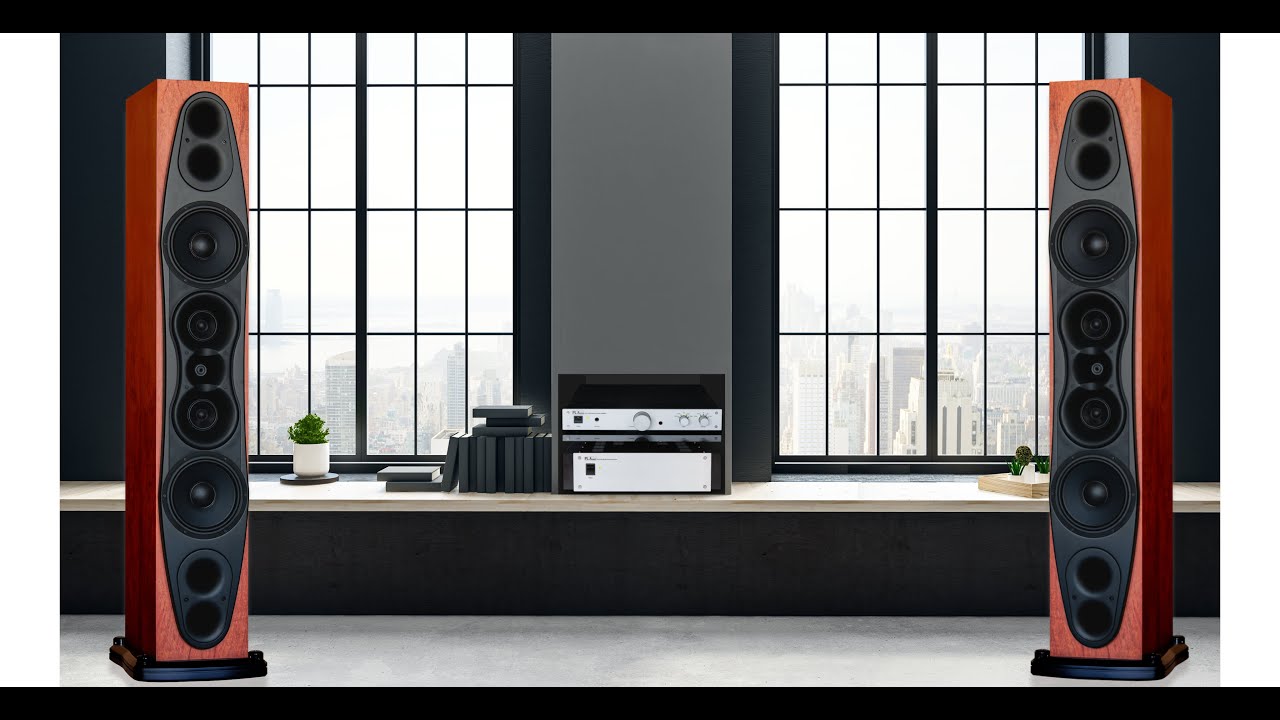Calibrating your home theater can seem like a daunting task, but it doesn’t have to be. With the right knowledge and tools, you can optimize your home theater for the best sound and video quality. Here are some tips on how to properly calibrate your home theater:
1. Speaker placement:
- Proper speaker placement is crucial for achieving the best sound quality.
- Speakers should be placed at an equal distance from the listener and angled towards the listener’s ears.
- Center channel speakers should be placed directly above or below the TV, while the front left and right speakers should be placed at an equal distance from the listener and slightly angled towards the listener.
- Subwoofers should be placed in the corner of the room for the best bass response.
2. Room Acoustics:
- Room acoustics can have a big impact on sound quality.
- Rooms with hard surfaces such as concrete or tile can cause sound reflections, resulting in echoes and distortion.
- To improve room acoustics, you can add sound-absorbing materials such as furniture, curtains, and rugs.
3. Component Matching:
- It’s important to match your components for the best performance.
- For example, you should use speakers that match the power output and impedance of your amplifier.
- A mismatch between components can result in poor sound quality, distortion, and even damage to your equipment.
4. Audio Calibration:
- After you have set up your speakers and optimized your room acoustics, you should calibrate your audio.
- This can be done using a test tone generator and a sound level meter.
- The test tone generator will produce different tones at different frequencies, and the sound level meter will measure the sound level at each frequency.
- This process can help you adjust the volume, equalization, and distance of your speakers to achieve the best sound quality.
5. Video Calibration:
- After you have set up your video equipment, it’s important to calibrate the picture quality.
- This can be done using a video test pattern generator and a colorimeter.
- The test pattern generator will produce different patterns and colors, and the colorimeter will measure the color accuracy and brightness.
- This process can help you adjust the contrast, brightness, color, and sharpness of your picture to achieve the best video quality.
Conclusion:
Calibrating your home theater can seem like a daunting task, but it’s an important step to achieve the best sound and video quality. By following these tips, you can optimize your speaker placement, room acoustics, and component matching for the best performance. With the right tools and knowledge, you can achieve a professional-level calibration and enjoy the best audio-video experience in your own living room.
